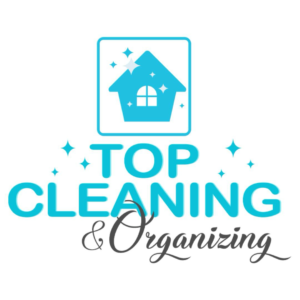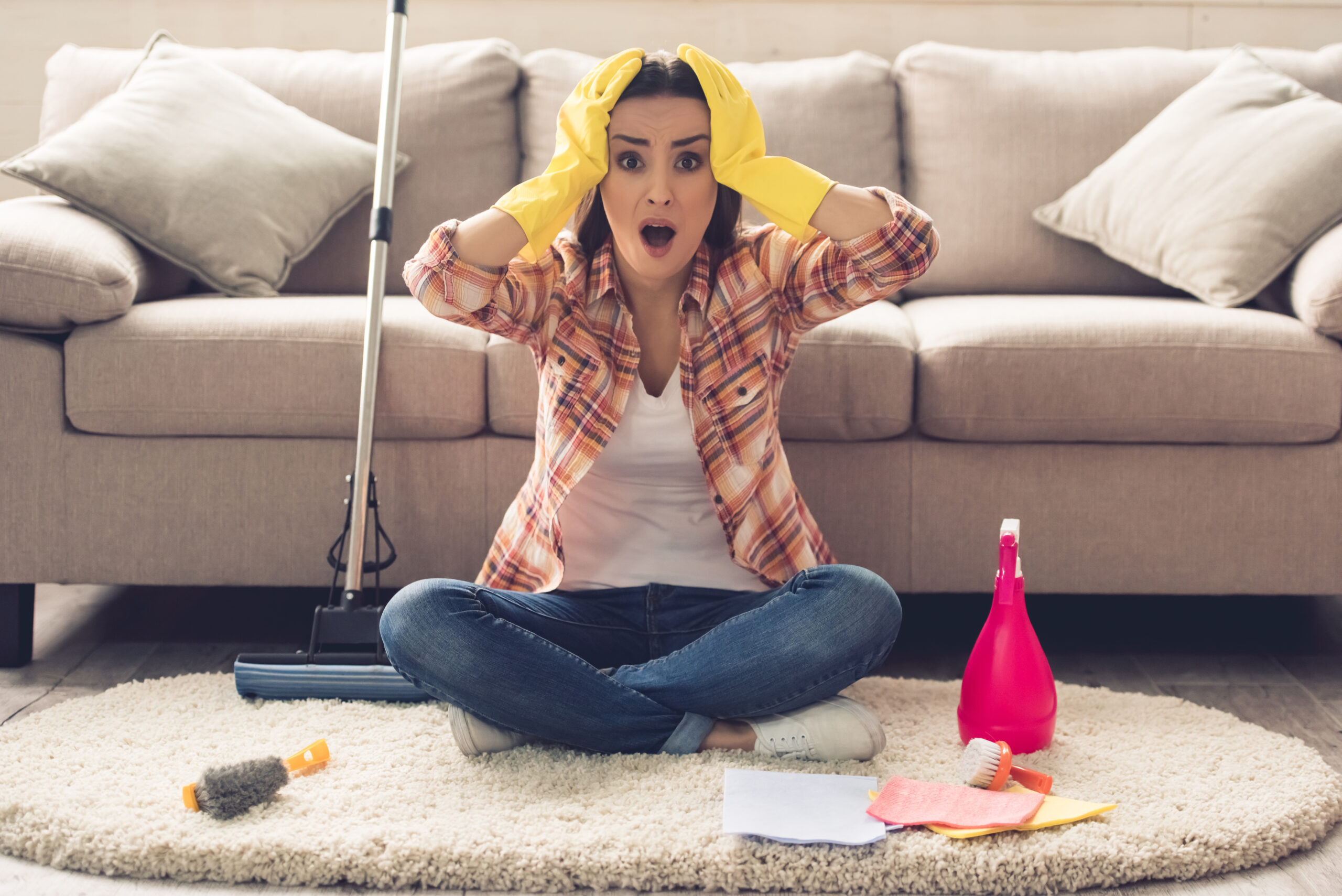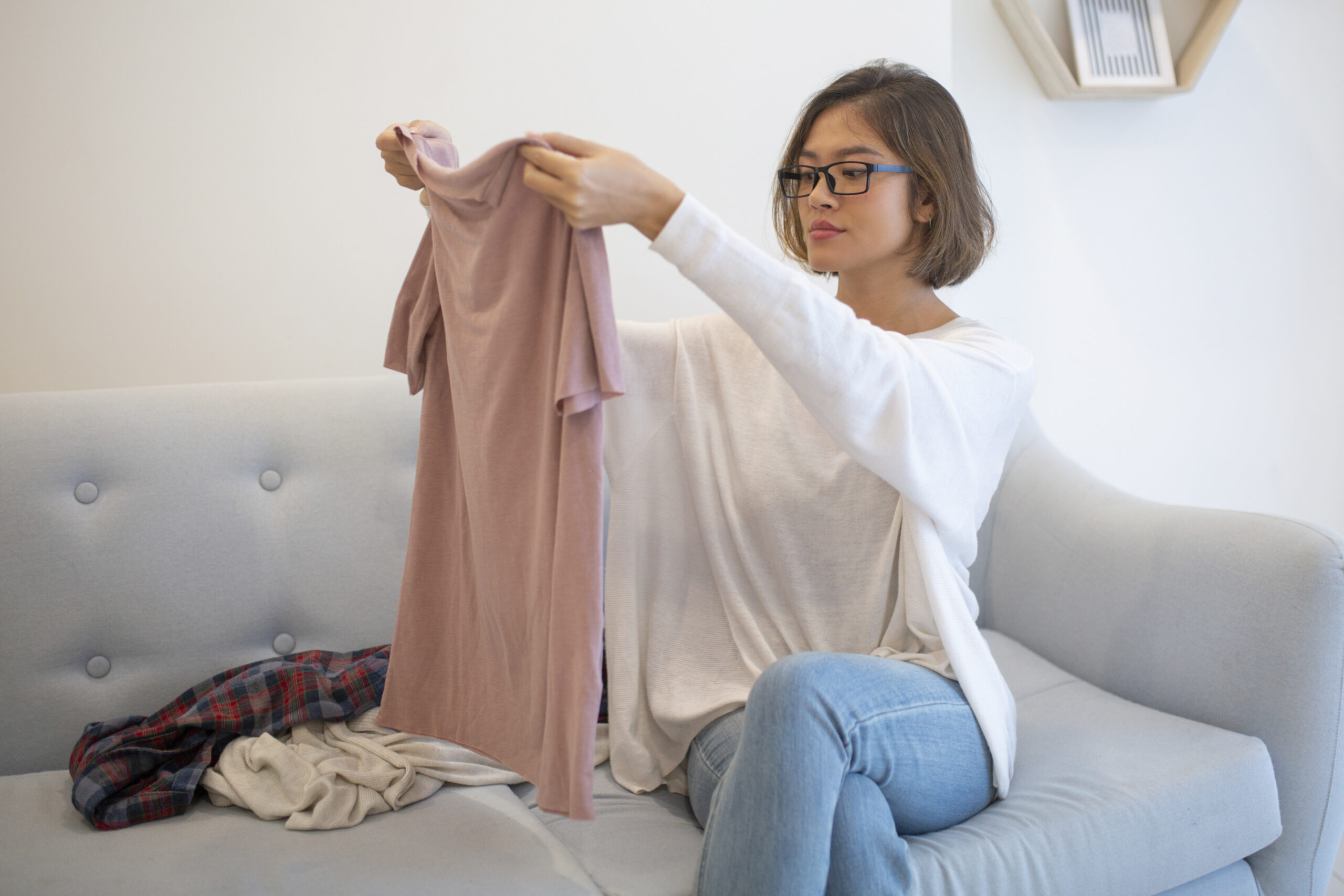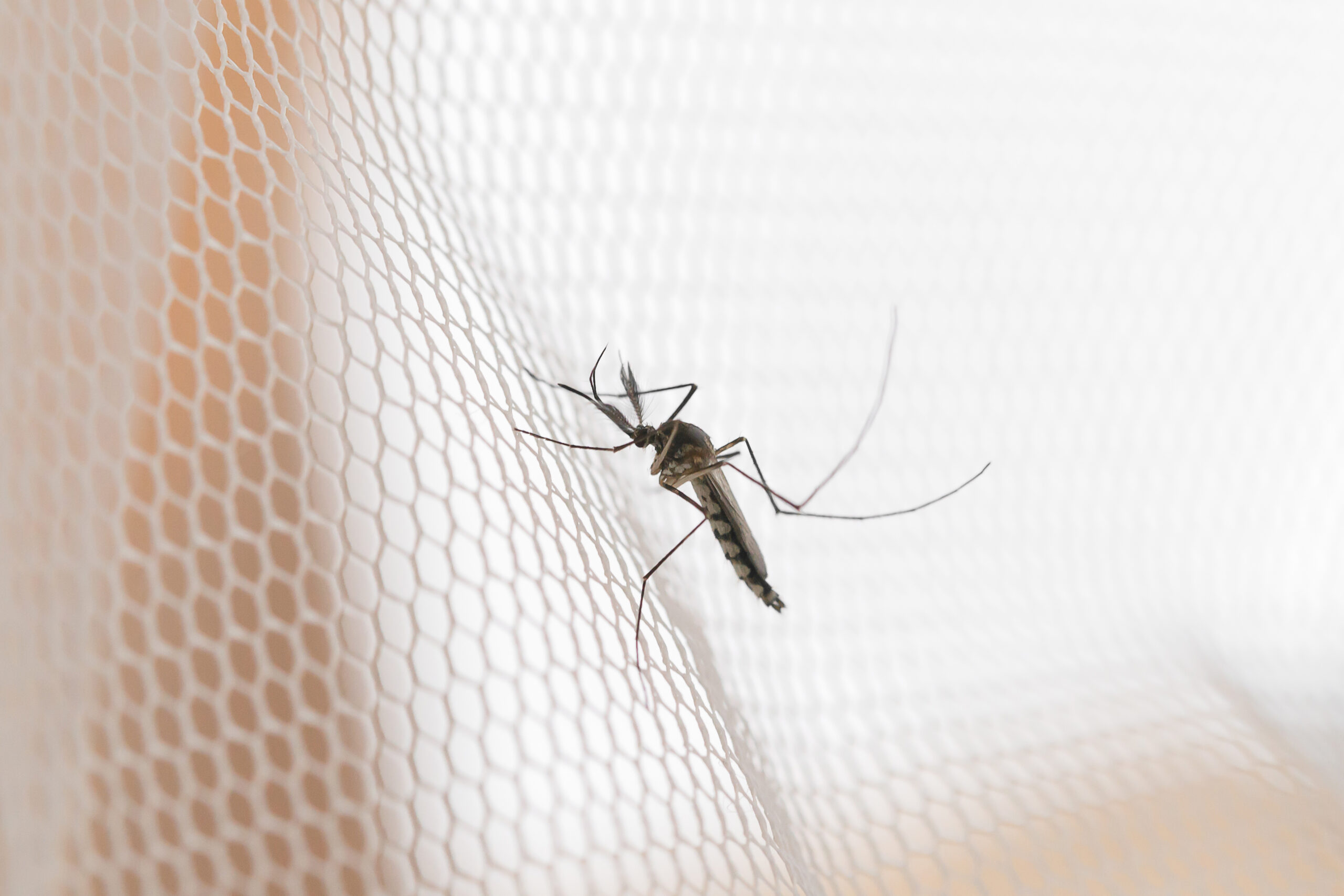When it comes to cleaning, you might not think twice about grabbing a bottle of bleach, but there’s more to it than just that. Regular bleach is great for brightening whites and tackling everyday stains, while cleaning bleach packs a stronger punch for disinfecting those high-risk areas. But how do you know which one to use when? Stick around with Top Cleaning FL and we’ll break down the key differences to help you choose the right option for your needs.
Key Takeaways
- Regular bleach, primarily sodium hypochlorite, is effective for cleaning and stain removal but not specifically for disinfecting.
- Cleaning bleach has a higher concentration and may contain additional disinfectants, making it more suitable for high-risk germ areas.
- Regular bleach brightens whites but can fade colors; cleaning bleach is formulated for specific cleaning tasks and can be safer for colored fabrics.
- Both types of bleach require careful use; avoid mixing with ammonia or vinegar to prevent harmful fumes.
- Choosing between Cleaning Bleach VS Regular Bleach depends on your cleaning needs: regular bleach for everyday cleaning and cleaning bleach for intensive disinfecting tasks.
What Is Regular Bleach and How Is It Used?
When you think of regular bleach, you’re likely picturing that familiar bottle of chlorine bleach sitting under your sink.
It’s mainly sodium hypochlorite, which is super effective for both laundry and cleaning. When it comes to bleach for laundry vs cleaning, remember that while it brightens whites, it can also fade colors—so test those garments first!
For cleaning, it’s a powerhouse against germs like E. coli and Salmonella. Just be sure to mix it with water and use it in a well-ventilated area.
Always wear gloves to protect your hands! Whether you’re tackling tough stains or disinfecting surfaces, understanding the cleaning bleach ingredients helps you use it safely and effectively, serving both your home and family well.
Understanding Cleaning Bleach: Key Features and Uses
Cleaning bleach is a versatile tool in your cleaning arsenal, known for its powerful disinfecting properties. You’ll find various cleaning bleach types, each designed for specific tasks, from tackling tough stains to disinfecting surfaces.
When using bleach, safe bleach use at home is key. Always read labels and avoid mixing it with ammonia or vinegar, as this can create harmful gases. Remember to use it in well-ventilated areas and keep it away from colored fabrics and certain materials to prevent damage.
Trust me, a little caution goes a long way. By following these tips, you can effectively utilize the strength of cleaning bleach while keeping your home safe and clean for everyone!

Main Differences Between Cleaning Bleach and Regular Bleach
Understanding the differences between cleaning bleach and regular bleach can really help you choose the right product for your needs.
Regular bleach, mainly sodium hypochlorite, is perfect for everyday cleaning tasks like brightening whites and tackling stains.
On the other hand, germicidal bleach packs a punch with its higher concentration and added disinfectants, making it ideal for killing germs in high-risk areas.
Knowing the household bleach types can guide you in picking the right one.
If you’re focused on the difference between disinfecting and whitening bleach, remember: germicidal bleach kills pathogens, while regular bleach is about cleaning and brightening.
Which Type of Bleach Is Best for Your Cleaning Needs?
Wondering which type of bleach is best for your cleaning needs?
If you’re tackling tough kitchen and bathroom grime, Clorox Clean-Up Cleaner + Bleach is your go-to. It disinfects effectively, especially in high-risk areas, but remember, it needs a 30-second wait to work its magic.
For a lighter touch, Clorox Free & Clear Multi-Surface Spray Cleaner is fab—it’s scent-free and streak-free, great for everyday messes.
If you prefer wipes, try the Clorox Free & Clear Compostable Cleaning Wipes for quick clean-ups without harsh scents.
And hey, if you’re in the DIY mood, a diluted bleach solution can be a cost-effective way to disinfect.
Choose what fits your cleaning vibe best!
Safety Tips When Using Any Type of Bleach at Home
When you’re using bleach at home, it’s essential to stay safe, especially since mishandling can lead to some serious issues.
First off, always wear gloves and eye protection—trust me, you don’t want bleach splashing in your eyes! Make sure you’re in a well-ventilated area too; open those windows or turn on a fan to keep the air fresh.
Keep bleach out of reach of kids and pets. Mixing bleach with ammonia or acids is a huge no-no—it can create toxic fumes that are harmful to everyone.
Finally, if you’re unsure about using bleach, consider natural alternatives like vinegar or hydrogen peroxide. They’re effective and safer for your home environment!
Frequently Asked Questions
Can Cleaning Bleach Be Used for Laundry Purposes?
Absolutely, you can use cleaning bleach for laundry, but it’s not always ideal. It might leave a strong smell or damage fabrics. Stick to laundry-specific bleach for the best results and fabric care.
Are There Eco-Friendly Alternatives to Both Types of Bleach?
You can try using vinegar, baking soda, or hydrogen peroxide. They’re safe, effective, and eco-friendly. Plus, they won’t harm the environment or your skin, making them great alternatives for you and those you care for!
How Should Bleach Be Stored for Safety?
To store bleach safely, keep it in a cool, dry place away from sunlight. Make sure it’s tightly sealed and out of reach of kids and pets. You’ll thank yourself later for being cautious!
Is It Safe to Mix Bleach With Other Cleaning Products?
Mixing bleach with other cleaning products isn’t safe, trust me. You could create toxic fumes, putting yourself and others at risk. Stick to using bleach on its own for effective cleaning without the danger.
What Is the Shelf Life of Cleaning Bleach Versus Regular Bleach?
Cleaning bleach usually lasts about six months to a year, while regular bleach can last up to a year or more if stored properly. Just remember, always check for that strong smell before using!
Conclusion
So, when it comes to choosing between Cleaning Bleach VS Regular Bleach, it really depends on what you need. If you’re tackling everyday stains and brightening whites, go for regular bleach. But for those germy spots in high-risk areas, cleaning bleach is your best bet. Just remember to take safety precautions, like wearing gloves and ventilating the area. Trust me, a little caution goes a long way in keeping your home fresh and safe!





